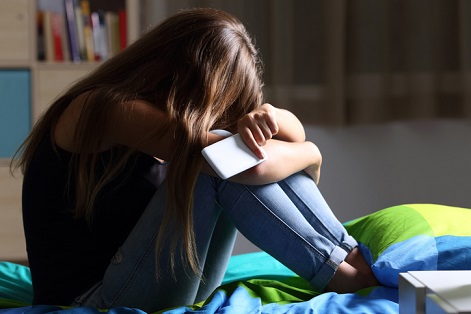
According to the Office of the eSafety Commissioner, one third of intimate content which is shared without consent involve those who are under 18 years old.
Since October 2017, the Commission has received more than 1,600 reports of image-based abuse, highlighting the need for schools to take tougher action.
eSafety Commissioner Julie Inman-Grant said that the youth’s “prolific use” of the internet makes them a common target for image-based abuse, which can affect their self-esteem and schoolwork.
“From our experience we also know schools are seeking guidance on how to handle the sharing of explicit material between students – they’re unsure about who to involve and how best to help their students,” Inman-Grant said.
In collaboration with the Australian Centre to Counter Child Exploitation (ACCCE) and the ThinkUKnow program, the office of the eSafety Commissioner recently released a guide to help schools deal with the issue.
The guide provides support for school leaders who are faced with incidents of sharing explicit material such as a nude or sexual content involving students which could either be already shared or threatened to be shared online.
“We have a shared responsibility to ensure that our children and the institutions that protect them are equipped to manage and respond to a wide range of online threats,” Federal Home Affairs Minister Peter Dutton said.
“Prevention in respect to the online exploitation of children is our ultimate goal.”
Team effort
But with the guide, ACCCE – an Australian Federal Police-led collaborative organisation established in March 2018 – said it can help improve the quality and quantity of reports provided to the police when it comes to image-based abuse and child exploitation.
Likewise, eSafety’s guide should be read alongside any child protection policies supplied by their relevant education department or governing body.
The office also suggested that schools have a designated person – ideally the deputy or a principal – who would be responsible for online content that is explicit in nature.
However, all school staff should also receive professional development training to recognise and pass on information on such incidents, the Commission said.
Should an incident arise, it said school staff should immediately send a teacher the student is comfortable to speak with to make the disclosure process easier.
Teachers who would be speaking to the students affected by the incident should try to find out the following:
- Who are the parties involved
- If the content is an image or video
- Where the content has been spread and with whom
- If the content is on a personal or school device
- How widely has the content been spread
- If there is coercion or an adult involved in the incident
- The student’s vulnerabilities and what are they feeling
The guide, however, notes that school staff should not formally interview the students involved in the incident or ask for written statements.
“Engage counselling support if there is a concern about risk of harm. Many young people feel re-victimised every time the content is shared or viewed and may need ongoing support,” the guide said.
“If the student is presenting as suicidal or self-harming consider notifying their parents/ carers, implement child protection reporting obligations (if required) and refer the student to appropriate support services.”
When dealing with the students concerned, the guide said teachers should remain calm and should not say or do anything to shame these students.
This is despite the fact that sharing or threatening to share explicit content can put these students in trouble, Australian Federal Police Acting Manager Child Protection, Marina Simoncini, said.
“We encourage students and the wider community to educate themselves on what is inappropriate content to share online; producing, sharing and storing child exploitation material, even if a young person has taken it of themselves, can be an offence,” she said.


